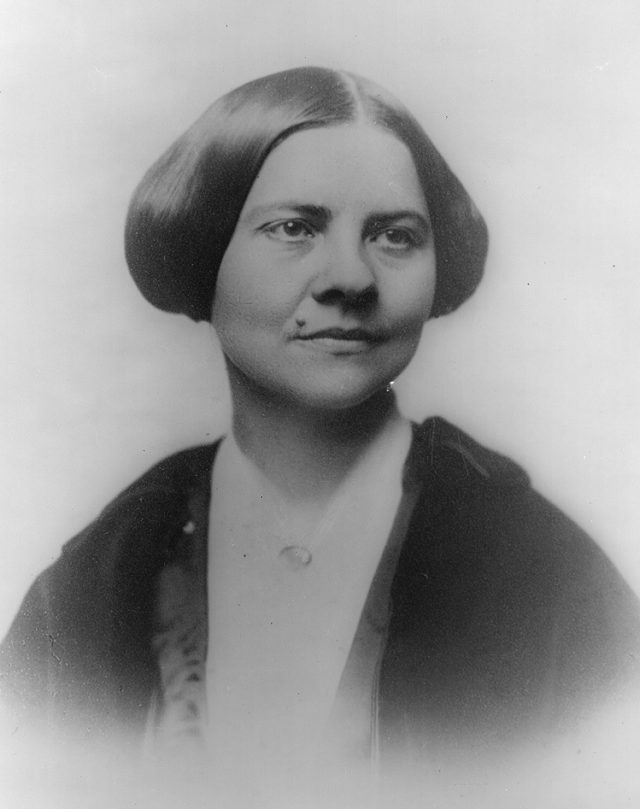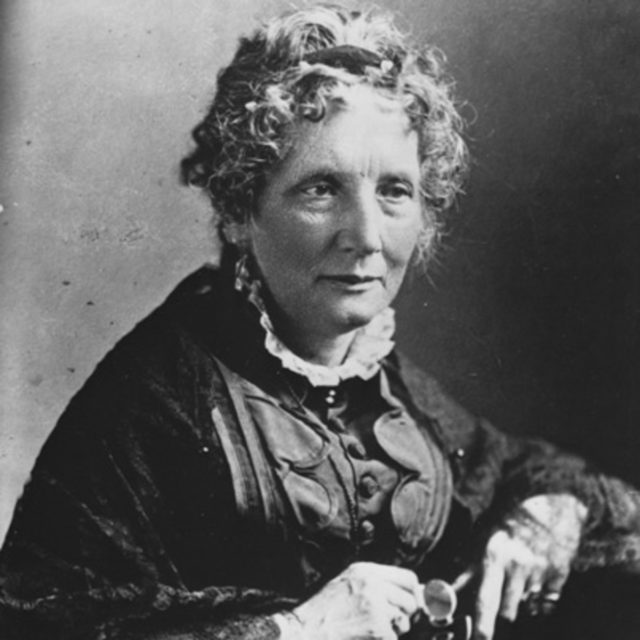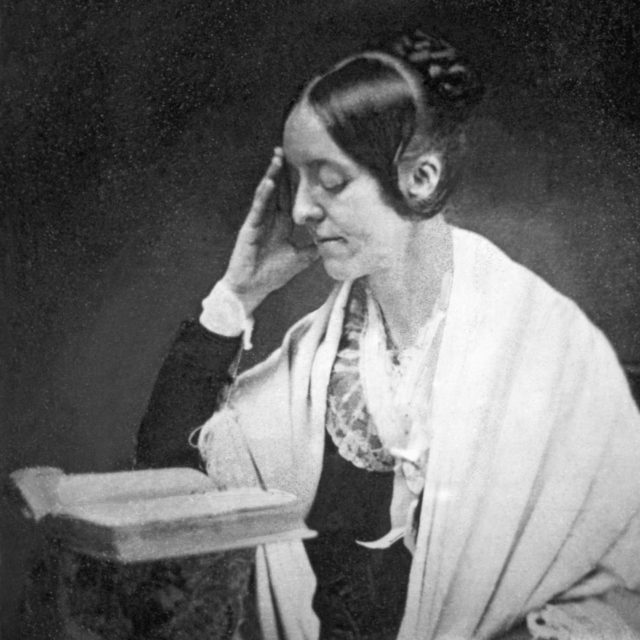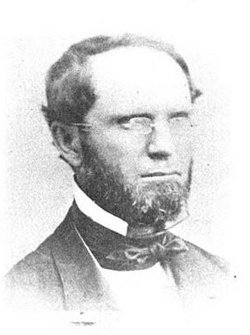“I have a tremendous large school. 92 names on my day school list.”
Sarah Thomas to Lavinia Goodell, January 22, 1871
Lavinia Goodell had lifelong friendships with many people who were active in the abolitionist movement prior to the Civil War. Once the war ended, many continued to work to gain equal opportunities for Blacks. One of those people, Sallie Holley, came to play an important part in the life of Lavinia’s cousin and close confidante, Sarah Thomas.
Sallie Holley was born in New York State in 1818. Her father, Myron, was an abolitionist and an associate of Lavinia Goodell’s father. Holley attended Oberlin College in Ohio, the first predominantly white college to admit Black male students (in 1835) and two years later the first college in the country to admit women. At Oberlin, Holley met Caroline Putnam. In later years Putnam described them as “the only two ultra radicals there.”















